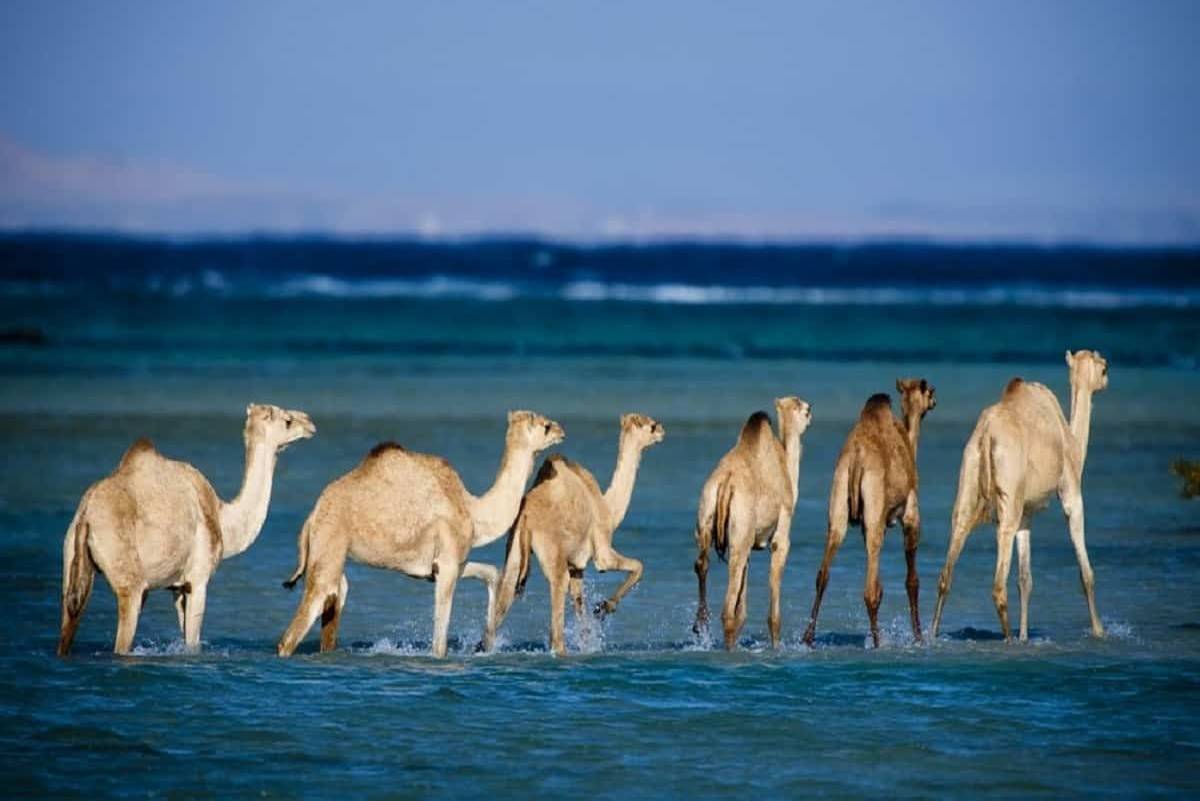
From bagged, street-sold karkade to the rattling of morning traffic, Egyptian cities remain unique in their appeal. Despite that, locals have trend-hopped their way to eroded Siwa campsites and Red Sea resorts hoping to escape the bustle.
Much of this trend is credited to the novel beauty of Egypt’s mahymeyat – those conservation sites tucked away out of view and protected by the state for their aesthetic, historical, and biodiverse nature.
Soul-sweeping finds like the White Desert and Ras Mohamed are familiar names, but even the most knowledgeable of Egyptian adventurers underestimate the sheer number of untouched gems Egypt has to offer. From stretching coastlines to elaborate fauna, there’s no shortage of protectorates to be appreciated.
Ecotourism is perhaps Egypt’s most underrated yet essential strength – so here are five destinations worth packing for.
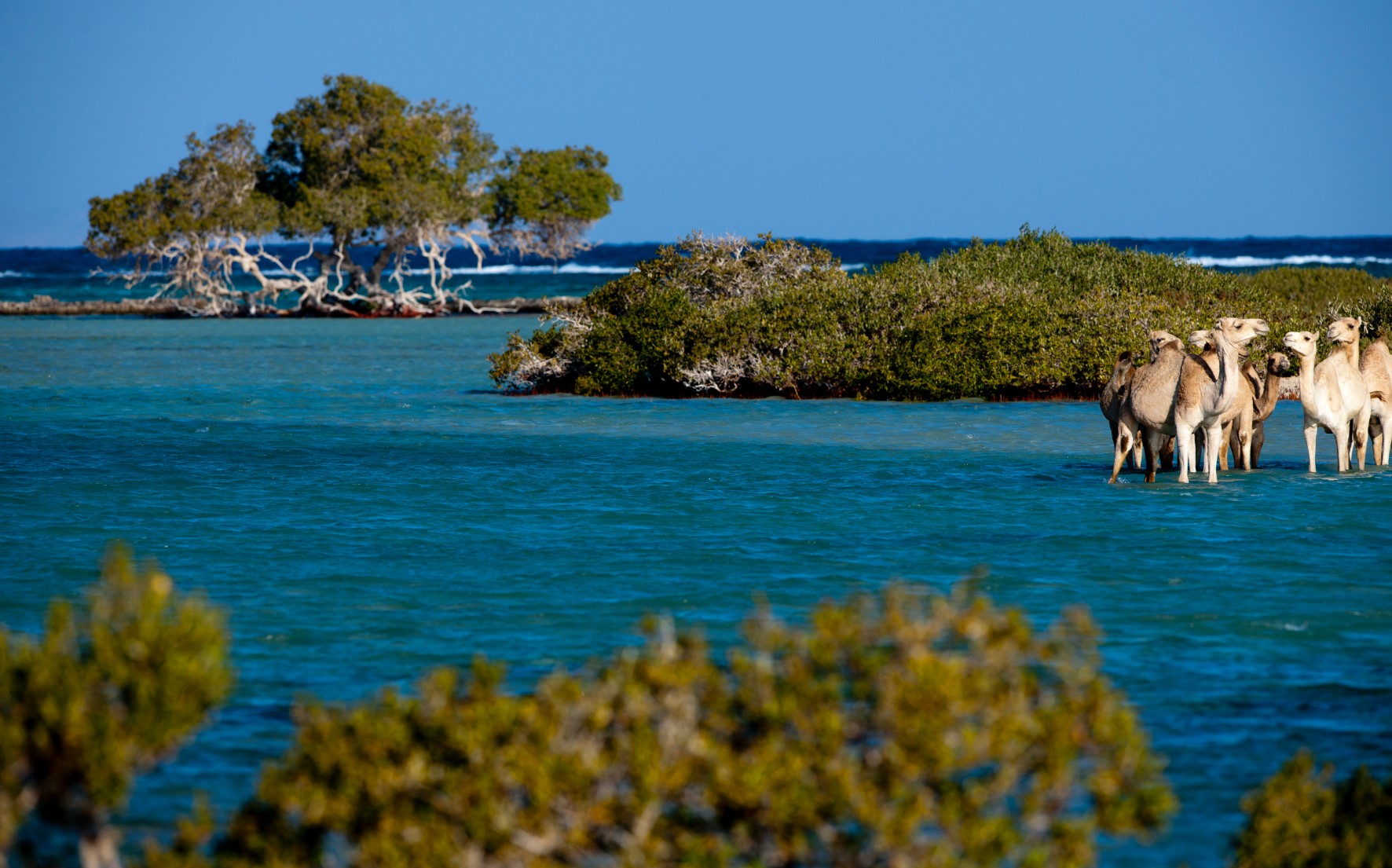
Wadi El-Gemal
Wadi El-Gemal, or “Valley of the Camels,” is considered one of Egypt’s most extraordinary environments. Sitting on the coast of Marsa Alam, along the Red Sea, the valley was declared a National Park in 2003 for the preservation and maintenance of its unparalleled terrestrial and marine ecosystems. Spanning 7,450 square kilometers, Wadi El-Gemal includes various archeological sites as well – including the oldest emerald mine in the world, once used by Pharaonic dynasties long before the Americas were explored.
Abu Ghosoun Community Development Association (AG-CDA) notes that “Wadi Gemal, still relatively unknown and rarely visited, is home to an important community of Ababda Bedouins, who are trying [to] preserve their ancient traditions.”
For more beauty-seeking travelers, Wadi El-Gemal is famously home to rich, sandy beaches and shorelines laced with coral reefs – among “the most beautiful and unspoiled” in Egypt. It remains the only local site, aside from Ras Mohamed, that spans more than 4,770 square kilometers of land and 2,000 square kilometers of expansive marine territory.
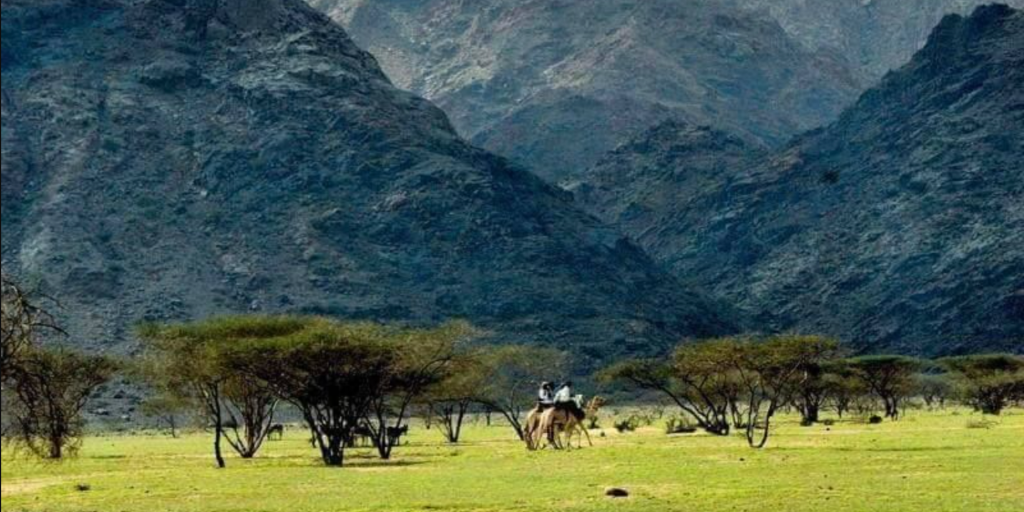
Gabal Elba
Gabal Elba is one of Egypt’s most untouched expanses. It is an igneous mountain, rising to 1,437 meters, and is considered a hub for rare, unique ecosystems not found elsewhere in Egypt. With a summit lovingly dubbed the mist oasis, the dewy and humid environment of Gabal Elba is located in the Eastern Desert [250 kilometers south of Marsa Alam] and is considered a protected reserve and National Park as of 1985. It is presently Egypt’s most expansive protectorate.
Its rich biodiversity and coral expanses makes it ideal for bird watching, scuba diving, and experiencing an essential portrait of local beauty.
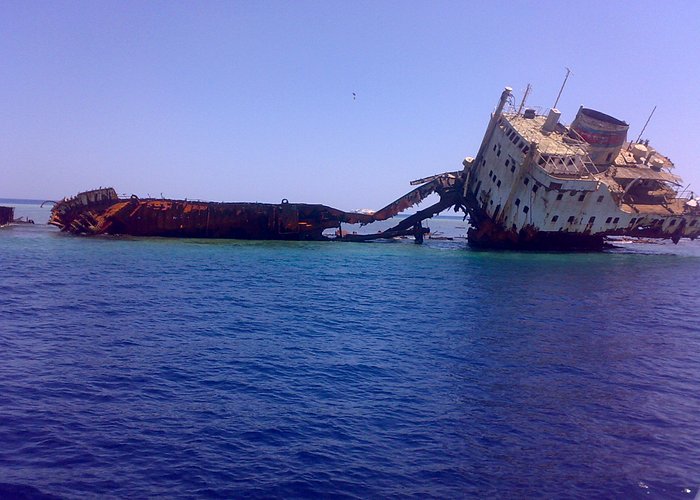
Nabq Bay
Pristine, peaceful, and protected: Nabq Bay sits near Sharm El-Sheikh and prides itself as one of the grandest dive sites in Egypt. With a myriad of flora and fauna, Nabq is brimming with mangroves and flat, Red Sea expenses that remain almost entirely undisturbed. The bay stretch is ideal for “wild” and unguided snorkeling, according to TripAdvisor, and guided desert exploration. It is hailed as the ideal mix of sea and sand.
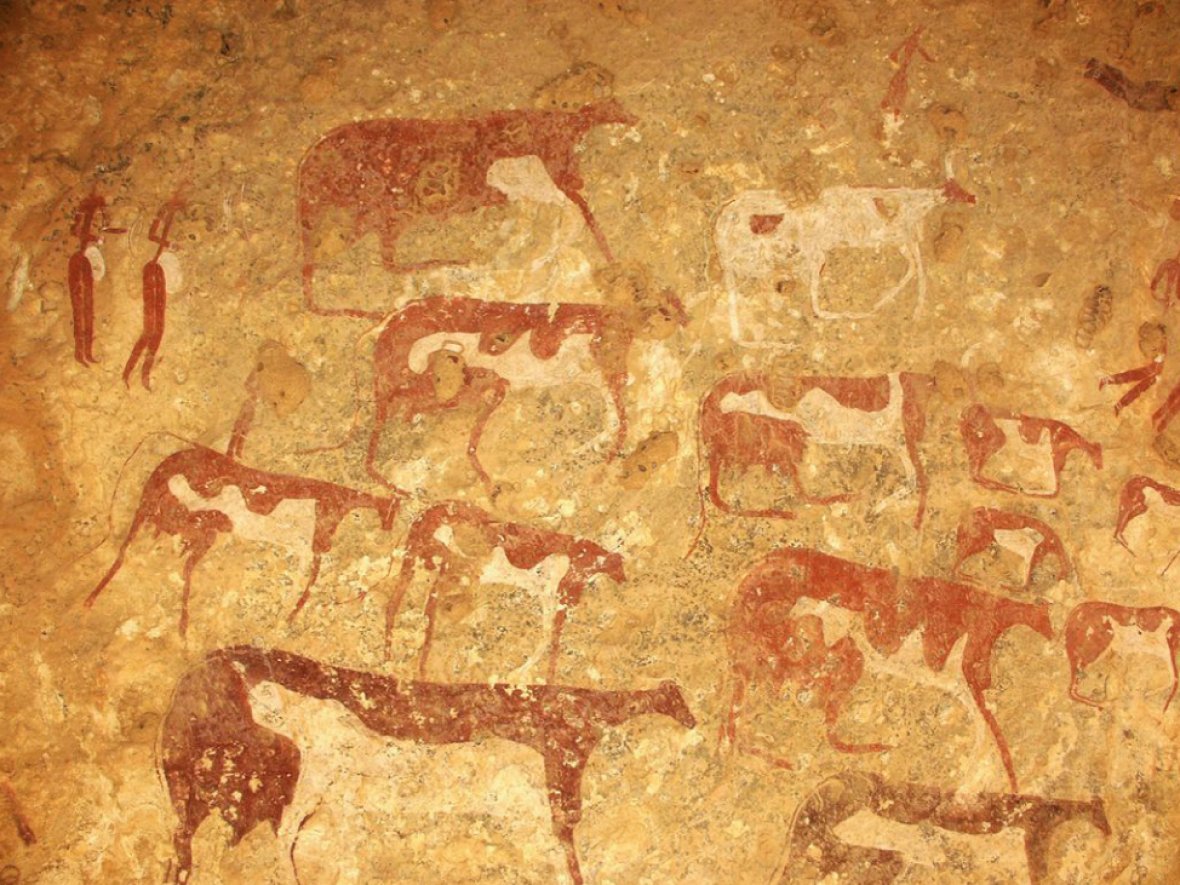
Gilf El-Kebir
Located in the Western Desert in Egypt, the Gilf El-Kebir – or the “Great Barrier” – plateau is a majestic system of sand dunes and renowned cave sites dating back to the prehistoric era (e.g. Swimmer’s Cave, El-Mistikawy Cave) nearly 7,000 years ago. It is considered the “most difficult” natural barrier to cross in Africa, decorated with natural phenomena, eroded valleys, and has been noted as a world upon itself.
According to El Travel, many of the prehistoric sites and artistry at the site are said to have heavily influenced early Pharaonic cultures. Presently, it is considered a National Park and protected area.
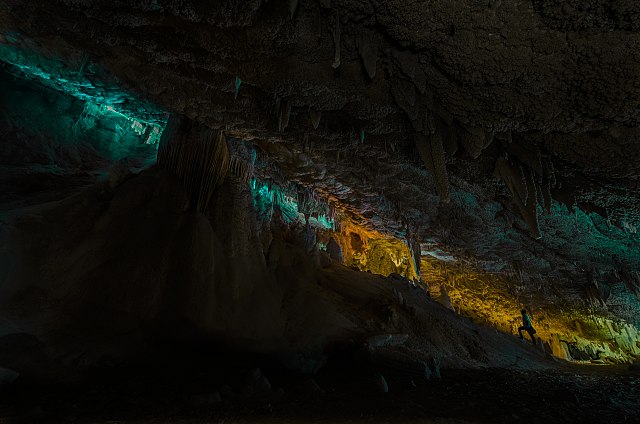
Kahf Sannur
With walls of limestone bleached by sunlight and the distant sound of running water, Kahf Sannur “glitters like a wonderland.” It is a karst cave located in the Galala Plateau, where groundwater has carved stalactites and stalagmites out of stone. Considered among spelunkers as a marvel and rarity, the cave is a two-hour drive from the capital, and sits only ten kilometers from the coastal city of Beni Suef.
Ecotourism is an undisguised pleasure, one often overlooked by many Egyptians. Overshadowed famously by the North Coast and hit locations such as Sharm El-Sheikh and Hurghada, some mahmeyat remain unknown to the general population. Visitations to protectorates are gaining popularity – however it bears reminding that while these areas have maintained their majesty over the years, it is vital to help them remain that way. Protect Egypt’s mahmeyat.
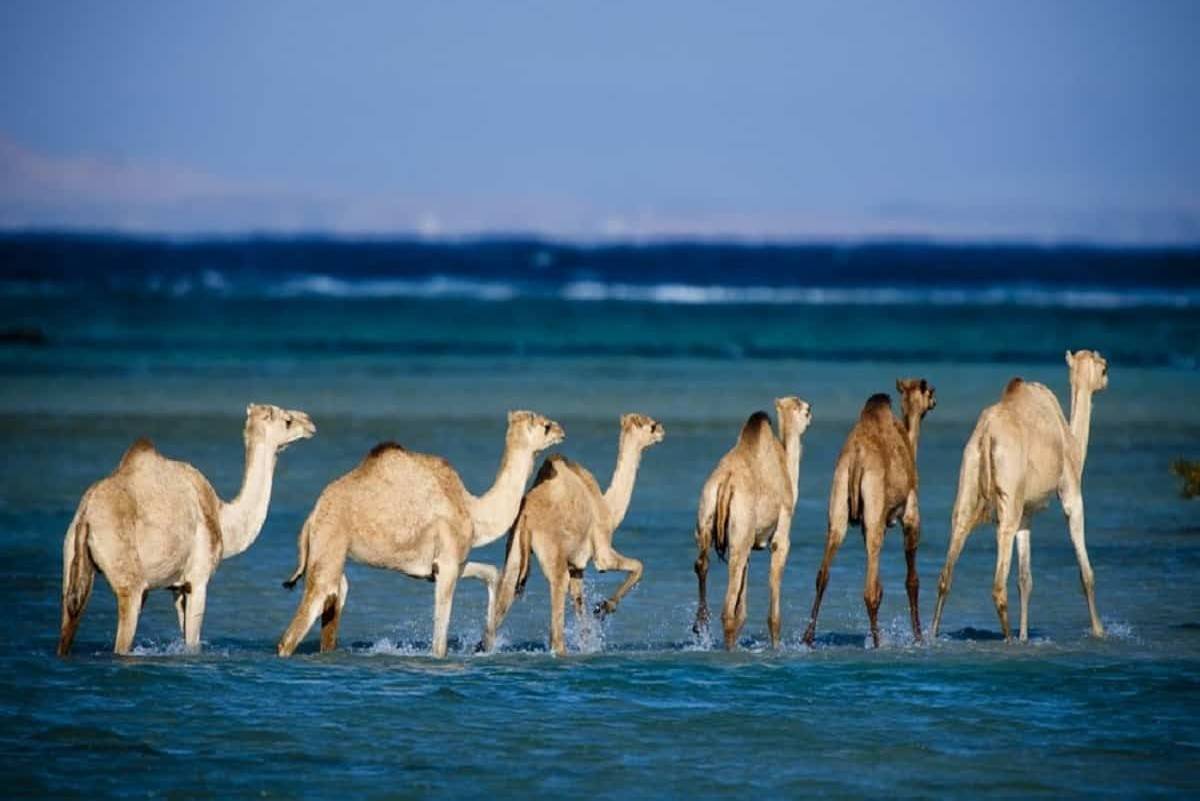






Comments (9)
[…] Mahmeyat: The Essential and Underrated From On Stage to On-Screen: The Pandemic’s Effect on Egypt’s Live Musicians […]
[…] المصدر by [author_name] كما تَجْدَرُ الأشارة بأن الموضوع الأصلي قد […]